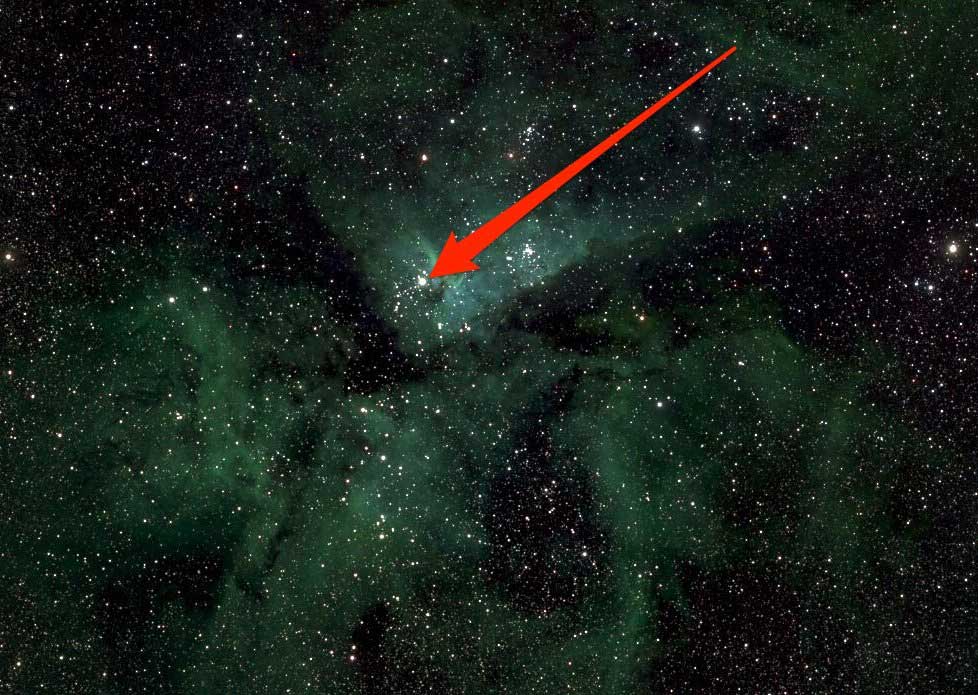Germany – Astronomers at the Ruhr-Universität Bochum (RUB), in Germany, projected the biggest Milky Way photo ever taken. They made possible this projection after five years of astronomic compilations in a full HD monitor that showed how the 46 billion pixels creation contained around 268 individual photos.
Astronomers from RUB collected, during a period of five years, dozens of images and 50,000 different new objects, which helped them to complete their creation. The projection took them some weeks, but when the photo was ready, they introduced the largest astronomical image to date. They have also created a special online tool to present a most detailed perspective of the massive Milky Way picture.

How individual photos created a giant photo?
First, the astronomers divided the photo in 268 individual photos, because the complete image was extremely large. Second, they photographed each section in intervals during several days. After this process, they compared the images and identified the common objects.
Finally, they put together the 268 individual photos into a whole complete and comprehensive giant image and, after five years of compilation and using telescopes, they created a 194-gigabyte file, a unique massive Milky Way’s photo.

Telescopes and online facilities
The astronomers used a specific variable phenomenon during the whole compilation period: how the brightness of stars changes over long stretches of time.
“A few years ago, it began to emerge that high-mass stars, preferably occur in the form of binary stars […] I used to think: if you know how a single star works, you also know how a binary star works” said Rolf Chini, Head of the Institute of Astronomy at RUB, in an interview.
However, according to them, this was wrong. Scientists analyzed all 800 high-mass stars they were able to see from their location in Chile, and discovered that more than 90 percent turned out to be multiple systems, consisting of between two and four stars that orbit each other.
During the compilation period they used the RUB telescopes, but given that these telescopes don’t reach as high a resolution as the larger ones, they declared that the process was exhaustive and long.
“The average astronomer is assigned five to ten hours observation time per year on the large telescopes – if he’s lucky,” explained Chini.
The researchers gave viewers a wide glance of the galaxy by using an online tool. It may be used to zoom in and have a closer and detailed look at the almost 400 billion stars that are part of the photo. These stars have different sizes and represent bright spots in the image.
This photo gave a whole new perspective of how the space transforms itself achieving a remarkable advance to Astronomy’s world.
Source : Robin Science Magazine
